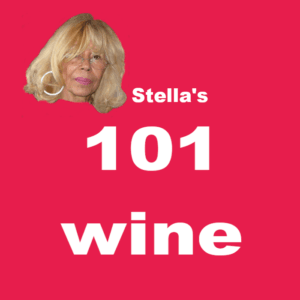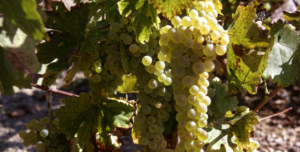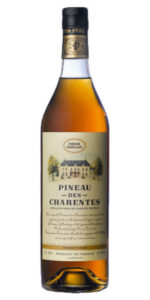Novice Wine Guide to Master French Wines
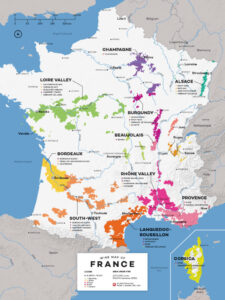
France’s wine regions
Wine is becoming those days to arguable discussions. I like this one, I don’t like this other one. I am starting my review on wines from the beginning, follow me for great discoveries that we will do together, and all of it without neither living your living-room and cozied in your fluffy jamies.
A wine present for that special occasion or even for an apéritif. Beaujolais is easily an introduction to new friends, often a solid partner to lively discussions. Often quoted as the drink of the aristocrats, at other times the water of the common folks. Wine brings friends together, water makes them leave. In this 1st article, I will start from the beginning. There are 10 things that you must know about wines
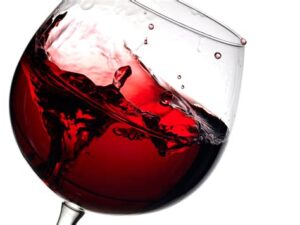
Wine tasting starts with a glass of wine
9 steps to master the vineyards, where the wine comes from, and the grapes variety
1. Understand the great regions and the varietals
2. How to taste the wine
3. To identify the arômes
4. How to read the wine labels
5. The types of wines: White/Red/Rosé
6. Pairing wine and food
7. Not to focus only on the most notorious and most expensive labels
8. Dare wines not so famous
9. Understand wines to keep or wines to drink? How to make the difference
Before we start let’s get used to the vocabulary (French vocabulary that is…)
Cépage : Varietal of grapes
Vignoble : Location where the wine grows
Tanin : It gives character to the wine, it is the concentration and fermentation of the
seeds, the skin of the grape. It helps to the conservation of the wine, it can
be silky or rough and harsh.
La cuverie : This is where the miracle happens, when the grape juice is transformed in wine.
The five regions with their varietals
We will concentrate on those 5 AOC Regions of France
AOC doesn’t mean Alexandra Ocasio Cortez but Appellation d’Origine Controlée
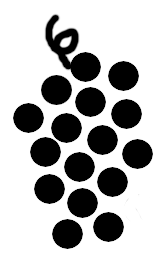
My Logo
Alsace Wines
The vineyards of Alsace includes le Bas-Rhin et le Haut-Rhin (The low_Rhine & The High-Rhine)
39,000 acres the Alsace area comprise 51 grand cru, more than any other region in France
Well known cépages: are Riesling, Sylvaner, Gewurztraminer, White Pinot, Black Pinot, Grey Pinot, and an Alsace Muscat

Alsace region
The wines of the Loire valley
The Loire valley stretch for 1000 km and a production of 200 K acres. The cepages are: Chenin, Sauvignon, Pinot Noir, Cabernet-Sauvignon, Cabernet-Franc, and Gamay
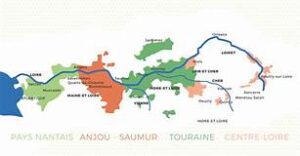
Loire Valley
Wines from Burgundy
Burgundy wines stretch from Auxterre to Macon on 5 regions, on a spread of 5 areas of production: le Chablis et l’Yonne, la Côte de nuit, la Côte de Beaune, la Côte Chalonnaise et le Mâconnais.
The main Cépages: Pinot Noir and Chardonnay. In south end of the Burgundy region we can find some Gamay and l’Aligoté.

Burgundy Region
The Wines from the RhÔne
The RhÔne Valley is divided in two large parts of vineyards.
Cote du Nord: From Vienne to Valence (Condrieu, Saint Joseph, Côte Rotie)
Cote du Sud: From Montélimar to Arles with the vineyards ( Châteauneuf du Pape, Gigondas, Rasteau, Beaumes de Venise.)
The region host a vast number of Cépages: La Syrah, Le Grenache N, Le Voignier, la Marsanne, la Roussane et le Bourboulenc)
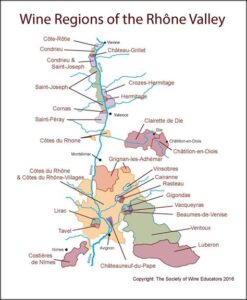
Rhone Valley Region
The Bordeaux Wines
The area of production is the largest in France almost 300,000 acres with more than 9000 winr producers.
The regions are: Rive Droite, l’ Entre-deux-Mers, le Sauterne, le Médoc and the Graves.
The Cepages are: le Merlot, le Cabernet-Sauvignon, le Cabernet-Franc and the Sémillon, Sauvignon and Muscadelle.
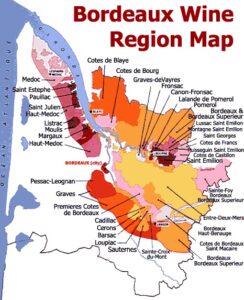
Bordeaux wine regions
How to learn wine tasting and degustation
No need of thigh, leg or any other part of the body, not even tears will work.
Dégustation includes 3 steps
1 look at the wine and observe it. What color, look at the robe, its thickness or its fluidity in your glass. It will be enough to give you an appreciation. Is the wine licoreux or not.
2 The smell, discover its perfume. That is the first nose the aromas come directly form the cépage. The second nose and third. Do not hesitate, nobody has ever been able a name on all the aromas while discovering a wine. Discover, flowers, spices, fruits, herbs…,
3 The the taste, the discovery of the wine aromas will affirm their presence. Bring some air in you mouth with the first gulp, allowing oxygenation to the wine, by aspiring slight some air. it will allow the wine to open fully in your mouth. More aromas will show up.
You will need time to compare the various wines, cépages, years. Now you are an official wino with the basis to become a grand conoisseur. Time is not a function, it becomes a life of experimentations and what fun it is. I started in my late teens, and today I am still discovering new very rewarding wine experiences. Start today on you wine journey and you probably will never stop.
In addition identify the origin of the wine aromas
Where doe’ s the wine aromas comes from? The grapes obviously. Where doe’ s the wine aromas comes from? The grapes obviously
1 Primary aromas which come from the cépages and the area hosting those cépages
2 Aromas from the 1st nose are simple to identify, floral, fruity and minerals
3 Secondary aromas, spicy notes, woody, milky, those aromas are more complex and shows up on the
second nose, sometime difficult to identify
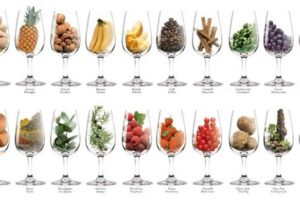
Aromas
Tertiaries aromas due to aging of the wine. Those aromas are complex to describe, but fairly discovered,
such as coffee flavor, leather, flint stone, tobacco. They are more representative of the cépage. The soil
hosting the cépage will have influence on the wine. If you compare a Chardonnay fromBurgundy and one
from the Languedoc it is easy to establish that they do not have the same profile and even less with a
Chardonnay from California.
Each cépage owns its proper characteristics, its nuances and a multitude of elements coming directly to add to the arômas. It’s the case of the impact of the soil.
You will find out that will be a key element to develop your palate
How to read a wine label
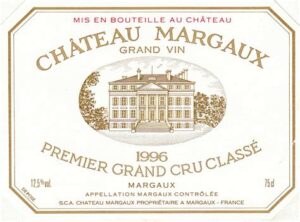
Sample Label
Understand the label, you might avoid commercial trickeries.
1 The region the wine is from, it might be a specific vineyard, like Beaujolais cru Moulin-a-Vent.
Name and address of the bottler. The vine grower grows its grapes and makes his own wine. The négocian on the other hand can buy grapes from a variety of vineyards, mix them, or even re-sale the wine under different names, as it is currently done in California.
2 The alcohol content of the wine and the volume of the bottle sold
3 A pictogram of a pregnant woman, it is ill-advised to drink while pregnant, as alcohol passes in the fetus.
4 Years the wine was bottled
5 Label and logo of the chateau
6 All the awards won
7 type of wine, white, red, rosé
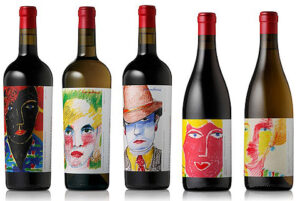
Corkguru
Stay tuned, there’ll be more, much more to come on French Wines
A Votre Santé! Stella
Pay a visit to the Pineau des Charentes

